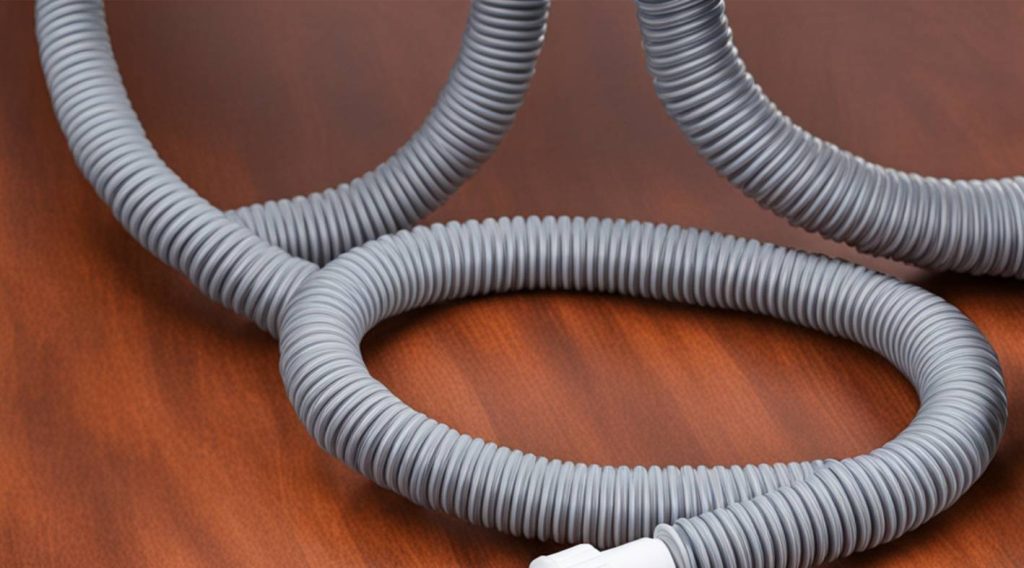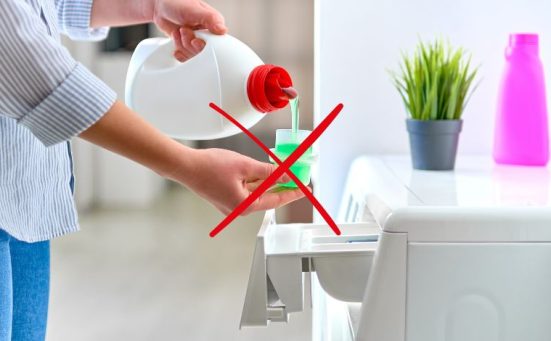
Washing Machine Drawer Filling With Water? (here’s why & what to do)
If you notice that the fabric softener compartment is full of water after the cycle has finished, it means there’s something wrong. However, the fact that it’s only full of water means that at least it worked enough to distribute the softener into your laundry.
If this is the predicament you find yourself in, keep reading. In this article we take a look at why the fabric softener drawer is full of water and what you can do to remedy this problem.
Why Is The Drawer On The Washer Filling With Water?
It’s a normal part of the process for the fabric conditioner drawer to fill with water during the cycle. If, at the end of the cycle the fabric conditioner drawer is full of just water, with no fabric conditioner, you can rest assured that the appliance is working normally.
However, there shouldn’t really be any water left in the drawer at all even if it is fabric softener free. There are a few reasons why water could be left in the drawer which include;
Faulty Fabric Conditioner Cup
This is the most common cause of water remaining in the drawer after the cycle has completed. The fabric conditioner cup is in two parts, a base unit with a raised pipe and a lid that covers the base unit.
It uses a siphoning system which is known as the “Pythagorean Cup” or “Greedy Cup” to siphon the conditioner mixed with water into the drum below.
It’s an interesting design that’s reported to have been discovered by Pythagorus way back in the BC era. If you want to see how this system works watch this video.
If you just want to fix your washing machine, keep reading.
Over time, the softener cup becomes worn or dirty which prevents the water and softener from siphoning out as it’s supposed to. The way it’s designed means that most of the water should siphon out, if there’s a small residue, this is quite normal.
But excessive amounts indicate there’s a problem with the cup. The solution is either to clean the cup or replace it with a new one. They’re made from plastic and are relatively cheap to replace but be sure to get the correct cup for your appliance.
We should tell you that cleaning a worn or damaged cup won’t solve the problem which is why many people opt for a straight out replacement as soon as they notice a problem.
There’s also the possibility that the cover or cap of the softener dispenser is missing. This would also prevent the water from siphoning away.
If this is the case, you will need to replace the cover or cap. Ensure you get the correct cover for your particular model.
Cleaning The Softener Cup

If you decide to clean the cup, you’ll need to remove the dispenser drawer from the machine and clean it thoroughly. Concentrate on removing any trace of dried on detergent or conditioner as well as any limescale etc.
We have found the best way is to use hot water, washing up liquid and a scrubbing brush to ensure all of the stubborn residue is removed.
Cleaning The Dispenser Drawer
Once you’ve successfully cleaned the softener cup, it’s time to clean the rest of the dispenser drawer. There are spray jets or nozzles on the top of the detergent dispenser tray that distribute water into the drawer at various times throughout the wash cycle.
The water from these jets dissolves the detergent and ensures that it’s evenly spread amongst your laundry. These spray nozzles can become clogged over time by limescale or dried on detergent residue.
This leads to water remaining in the dispenser drawer after the cycle has completed.
How To Clean The Detergent Drawer
Cleaning the detergent drawer is relatively simple, all you need to do is;
- Remove The Dispenser Drawer
There is usually a lock release mechanism somewhere on the detergent drawer. This varies from appliance to appliance so check your user manual for details. - Soak The Dispenser Drawer
Once you have removed the dispenser drawer from its housing, soak it in warm water. Then scrub it with a brush, we find an old toothbrush is perfect for this task. - Clean The Dispenser Housing
Using washing up liquid, warm water and a toothbrush remove all of the detergent buildup from the housing including the spray jets.
This should have cleared any blockages and your dispenser drawer should be working properly again. If not, it could be;
Blocked Drainage Hose

When you removed the dispenser drawer you should have noticed a small tube towards the back of the compartment which is designed to drain water and detergent from the dispenser drawer.
If that hose isn’t working correctly, it can cause the dispenser drawer to be full with water. The main reason for this is dried detergent congealing in the hose.
Try running a hot (90°C) service wash to clear the blockage. If this doesn’t work you’ll need to clean the hose by hand. To do this just pull the hose out and let it drain. Then blow through to ensure there is nothing causing a blockage.
Faulty Water Inlet Valve
Washing machines have a water inlet valve which allows water into the machine as and when it is needed. This valve can develop a fault and remain dripping water even when it’s not activated.
This could be what’s causing the fabric softener drawer to fill with water. If this is the problem, the water inlet valve will need to be replaced.
How To Replace A Faulty Water Inlet Valve
To replace the water inlet valve all you need to do is;
- Disconnect The Power Supply
Remove the plug from the wall socket or flip the circuit breaker to the off position. - Turn The Water Supply Off
Turn the tap on the inlet hose to the off position. - Access The Inlet Valve
Remove the top panel of the washing machine by unscrewing the two retaining screws at the back of the top panel. Then push the panel forwards and lift it off. - Remove The Faulty Inlet Valve
Locate the water inlet valve, disconnect the wire connectors and the water supply hose from the valve. We recommend taking a photo of the set up before removing the old valve to make it easier to install the new one. - Fit The New Valve
Connect the water hose and wire connectors to the new valve in exactly the same way as they were removed from the old unit. - Replace The Top Panel
Once you’re happy with all of the connections, replace the top panel, restore the water supply, turn on the appliance and check the dispenser drawer after running a wash cycle.
If you don’t feel comfortable replacing the water inlet valve yourself, you could get a technician to do this for you.
If None Of The Above Work…

If you’ve tried all of our suggestions and the softener drawer is still full of water at the end of the wash cycle, It could indicate a more serious issue.
You may need to consult a technician to solve this for you. If you just ignore it, it could lead to more serious issues later on.
SEE ALSO: Washing Machine Drawer Compartments Explained (with drawer symbols)
Frequently Asked Questions
If the drawer on your washing machine keeps filling up with water it’s most likely because the siphon cup isn’t working correctly. It could be that the drawer needs cleaning, the siphon cover and/or siphon need replacing, the drainage hose is blocked or the water inlet valve is faulty.
If the fabric softener drawer on your washer isn’t draining it is most likely to be caused by detergent residue which can solidify in the tubes and hoses. To solve this you will need to clean the washer thoroughly.
If there is standing water in the fabric softener dispenser after use, it is usually because the detergent drawer needs to be cleaned. Over time, detergent and fabric softener residue buildup and start to clog the hoses and tubes as well as the siphon cup. This leads to water remaining in the dispenser.
Also, follow us on Pinterest ...



